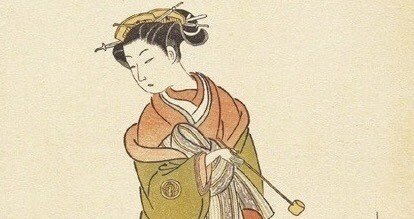Dig Japan vol.13 “Minazuki (水無月)”
Minazuki is triangular wagashi that consisting of sweetly boiled azuki beans on white uiro, and is named after the month of June. In Kyoto, where it originated, it is customary to eat this on June 30. On this day, halfway through the year,

